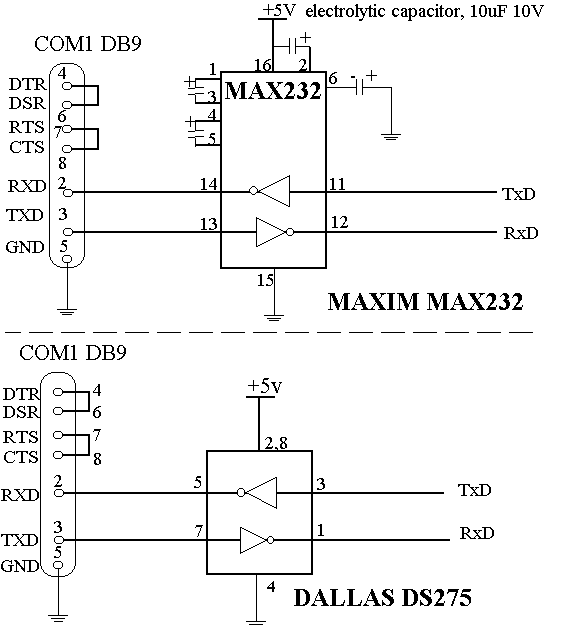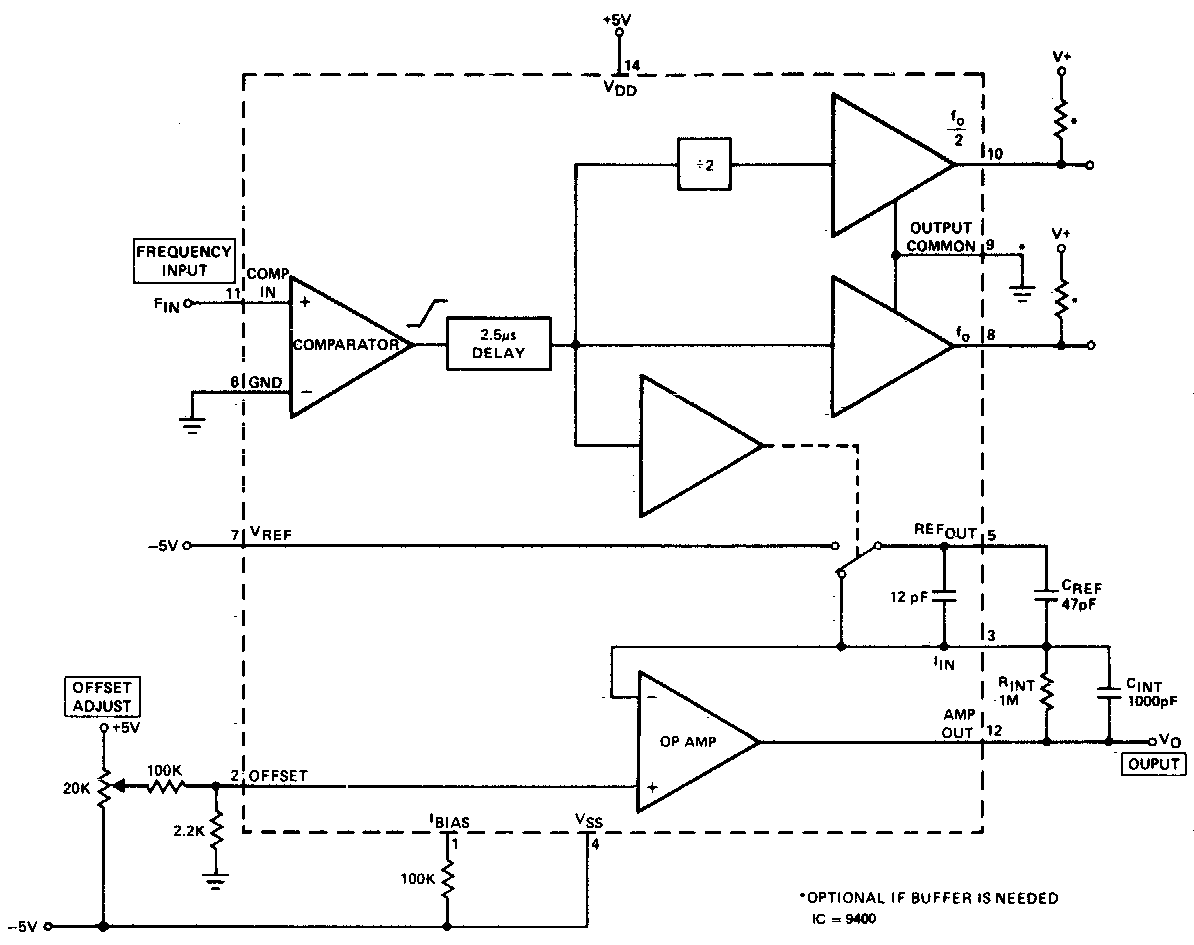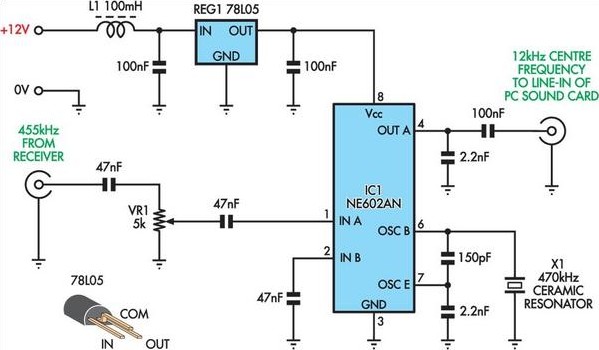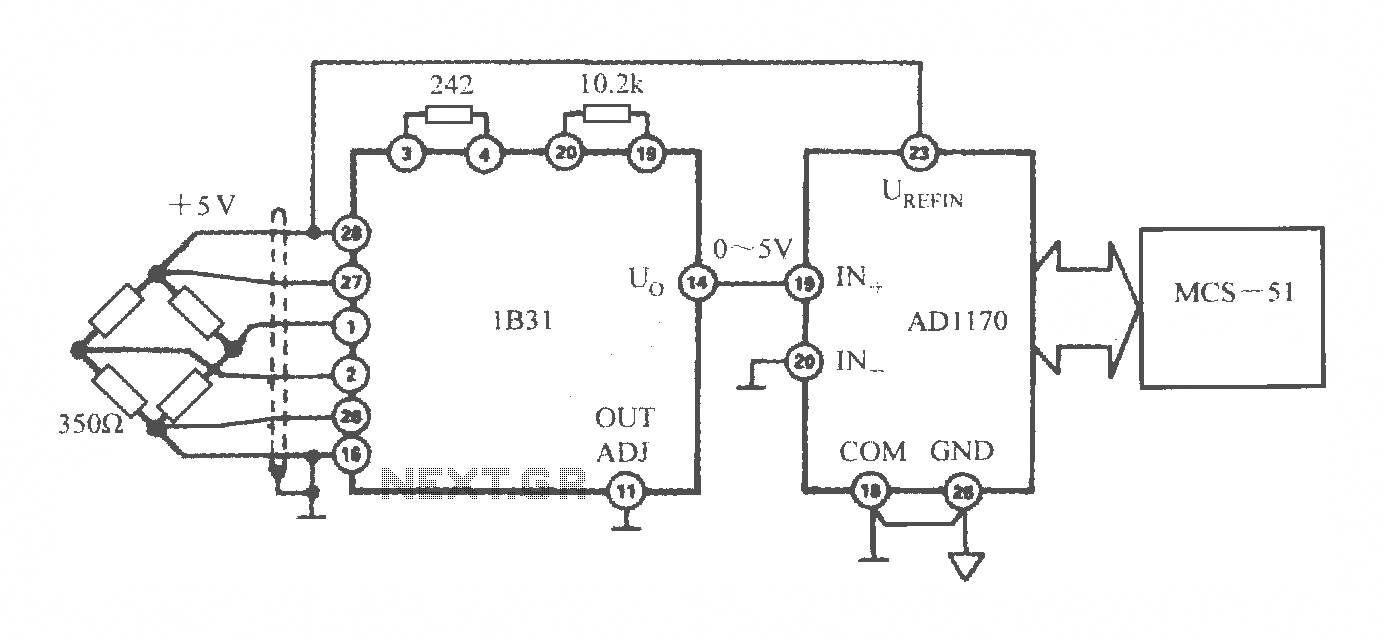
Ac-to-DC converter

This circuit features a PMOS enhancement-mode FET input buffer amplifier connected to a traditional absolute value circuit, which effectively mitigates the impact of the forward voltage drop across diodes D1 and D2.
The described circuit employs a PMOS enhancement-mode field-effect transistor (FET) as an input buffer amplifier. This type of FET is characterized by its ability to operate with a positive gate-source voltage, which enhances its conductivity. The input buffer configuration serves to isolate the input signal from the subsequent circuitry, ensuring that the input impedance remains high while the output impedance remains low. This arrangement is particularly beneficial in applications where signal integrity and impedance matching are crucial.
The absolute value circuit is designed to convert both positive and negative input signals into a positive output. This is achieved through the use of diodes D1 and D2, which are arranged in a way that allows for the conduction of the signal regardless of its polarity. By incorporating these diodes, the circuit effectively eliminates the forward voltage drop that typically occurs when diodes are conducting. This is significant because the forward voltage drop can introduce inaccuracies in the output signal, particularly in precision applications.
In summary, the combination of the PMOS enhancement-mode FET input buffer and the absolute value circuit allows for a robust design that maintains signal integrity while providing accurate output levels, regardless of the input signal's polarity. This circuit configuration is well-suited for use in various electronic applications where accurate signal processing is essential.This circuit includes a PMOS enhancement-mode FET input buffer amplifier, coupled to a classical absolute value circuit which essentially eliminates the effect of the forward voltage drop across diodes D1 and D2.
The described circuit employs a PMOS enhancement-mode field-effect transistor (FET) as an input buffer amplifier. This type of FET is characterized by its ability to operate with a positive gate-source voltage, which enhances its conductivity. The input buffer configuration serves to isolate the input signal from the subsequent circuitry, ensuring that the input impedance remains high while the output impedance remains low. This arrangement is particularly beneficial in applications where signal integrity and impedance matching are crucial.
The absolute value circuit is designed to convert both positive and negative input signals into a positive output. This is achieved through the use of diodes D1 and D2, which are arranged in a way that allows for the conduction of the signal regardless of its polarity. By incorporating these diodes, the circuit effectively eliminates the forward voltage drop that typically occurs when diodes are conducting. This is significant because the forward voltage drop can introduce inaccuracies in the output signal, particularly in precision applications.
In summary, the combination of the PMOS enhancement-mode FET input buffer and the absolute value circuit allows for a robust design that maintains signal integrity while providing accurate output levels, regardless of the input signal's polarity. This circuit configuration is well-suited for use in various electronic applications where accurate signal processing is essential.This circuit includes a PMOS enhancement-mode FET input buffer amplifier, coupled to a classical absolute value circuit which essentially eliminates the effect of the forward voltage drop across diodes D1 and D2.





